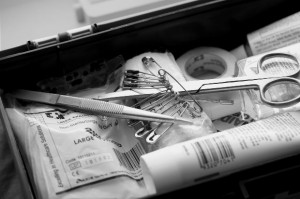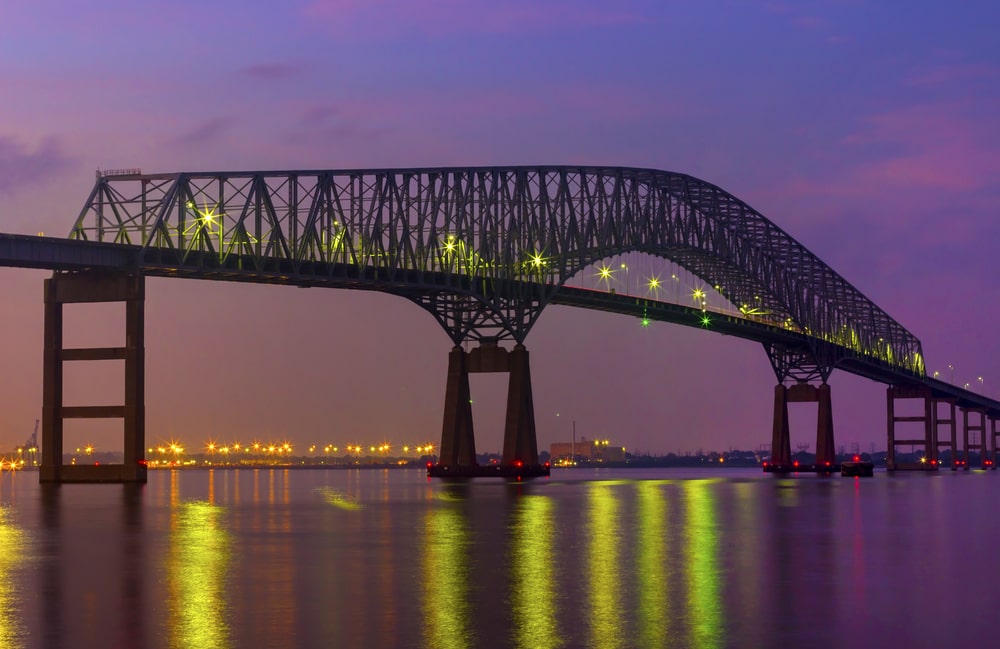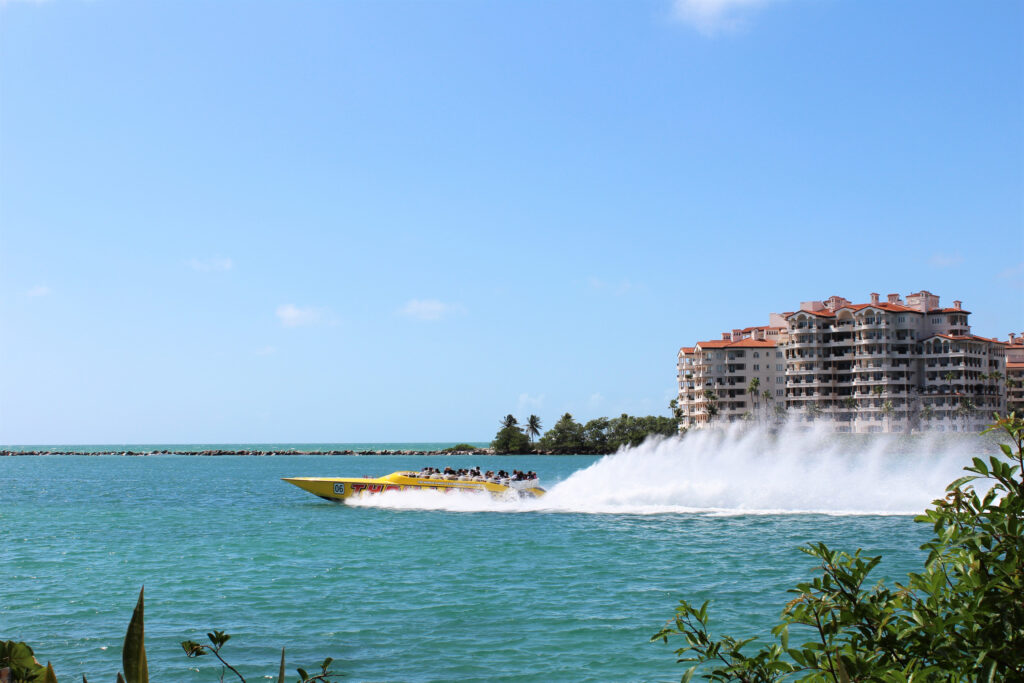
This hypothetical passenger shares a fate similar to many who have sailed aboard cruise ships and fallen gravely ill or succumbed to life-threatening injuries. Though accidents can and do happen, it’s impossible to turn away from the fact that many accidents and illnesses on the high seas end in fatalities. Why does this happen?
For one, many people who suffer a medical emergency on a cruise ship do not obtain the treatment they need in time. Heart attacks, strokes, appendicitis, and allergic reactions can be fatal, but have a much greater chance of being surpassed if superior medical treatment is attained immediately. Yet, cruise passengers often are not rushed to sick bay or are not rushed off the ship to the nearest hospital.
But aside from the time aspect, health emergencies that transpire on cruise ships often become fatal because the ship itself is extremely ill-equipped to handle little more than a common cold, headache or minor scrape. In an age when over 3,000 people can easily sail aboard one ship to some of the most remote and places where hospitals aren’t even found, it’s hard to believe that cruise lines haven’t started equipping vessels with urgent care units.
The need for a full-fledged emergency room-type facility onboard ships is more apparent than ever before. The larger ships become, the greater the risk of accidents and injuries. But while cruise lines never seem to have any qualms about spending billions on entertainment features, they seem to have a huge problem with spending money on safety enhancements, including upgrading medical facilities.
Obviously no one expects cruise ships to magically transform from floating hotels to floating hospitals overnight, but with the increasing rate at which life-threatening emergencies continue to occur on the high seas, there’s no doubt that something must be done to expand onboard medical facilities and increase the number of experienced medical staff.
A vacation in paradise can instantly turn into a nightmare of potentially fatal proportions. Even when armed with medication and a first aid kit, accidents and illnesses can strike that require the kind of swift and successful treatment only an emergency room can provide.
So what can you expect from a cruise ship’s medical facilities? Honestly, about as much as you can expect from your local pharmacy’s health clinic, which isn’t much. You might get some Tylenol, you might get a bandage, you might even get an epinephrine shot, but you definitely won’t find the kinds of medications a hospital (and not a drug store) would have, you definitely won’t get scheduled for surgery, and, chances are, you won’t even be treated by a fully-experienced healthcare practitioner or be airlifted off the ship to the nearest hospital in a prudent amount of time.
Why? Because emergency medical facilities require large funds to maintain and highly trained physicians require a big pay check – money cruise lines aren’t too keen on spending. Even though cruise companies are well-aware of the likelihood that passengers and even crew members might find themselves in a life-threatening situation, have full understanding that even when fast action is taken to help victims, the time it takes to contact the Coast Guard to request a medevac can be enough to seal the victim’s fate, and even when faced with staggering maritime accident and injury statistics, the medical facilities on board cruise ships remain astonishingly bleak – as do the fates of accident and injury victims.
Trust us when we say that the reality of medical facilities on cruise ships is certainly not what you would expect. Not even close. Our firm has represented far too many accident and injury victims to turn a blind eye on the severity of the situation. So if you’re planning on taking a cruise anytime soon, take a tip from a cruise ship injury lawyer and come as well-equipped as possible on your vacation. Bring your meds, bring lots of first aid supplies and bring a sense of humor, because if you suffer a serious health emergency on board, you’re going to need a good laugh to see you through.
Published on May 14, 2014
Categories: Cruise Ship Accidents, Cruise Ship Injuries
Get Free
Consultation









